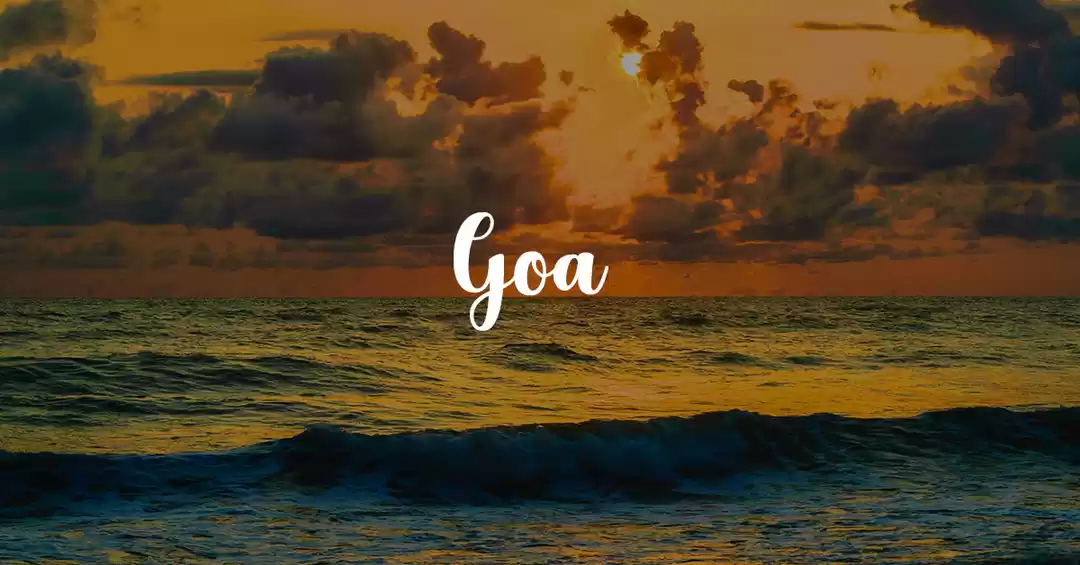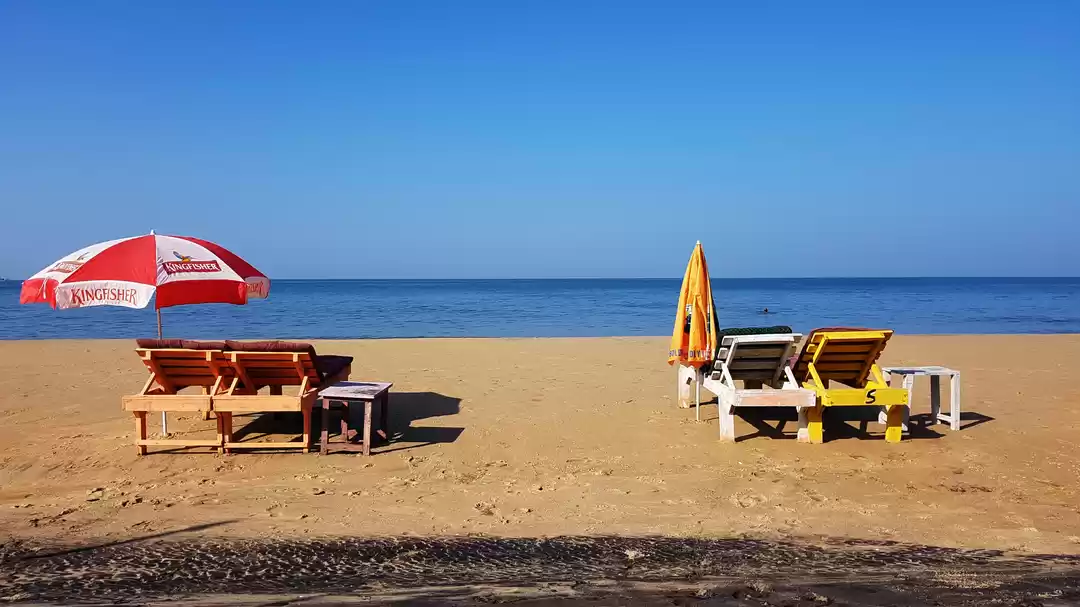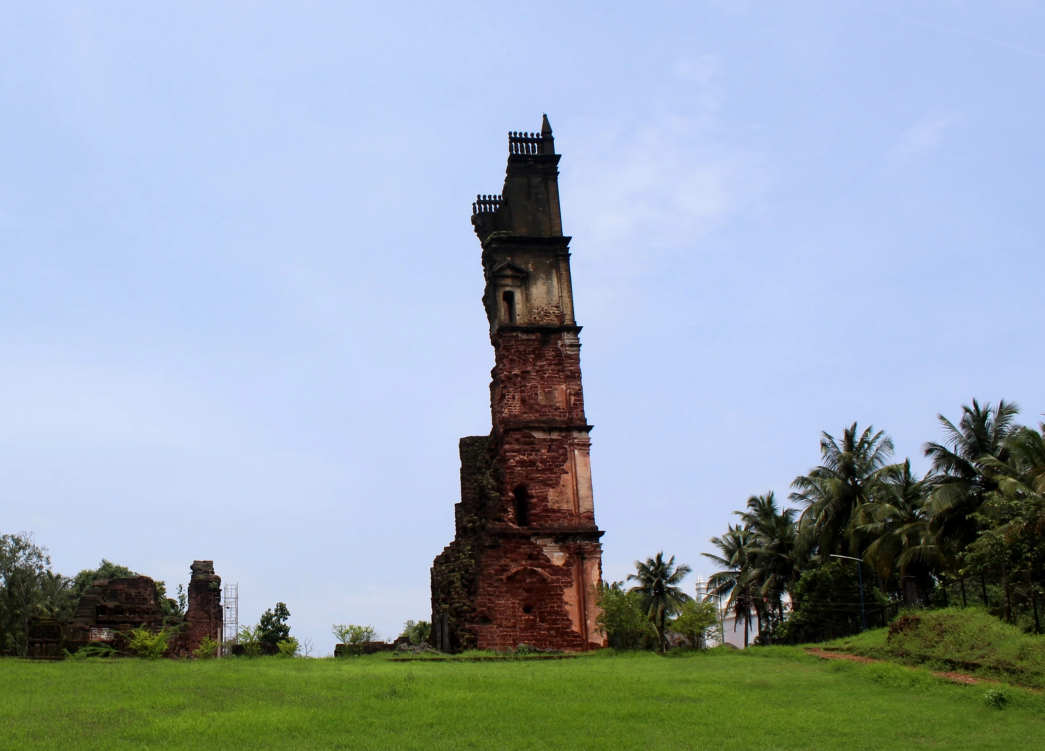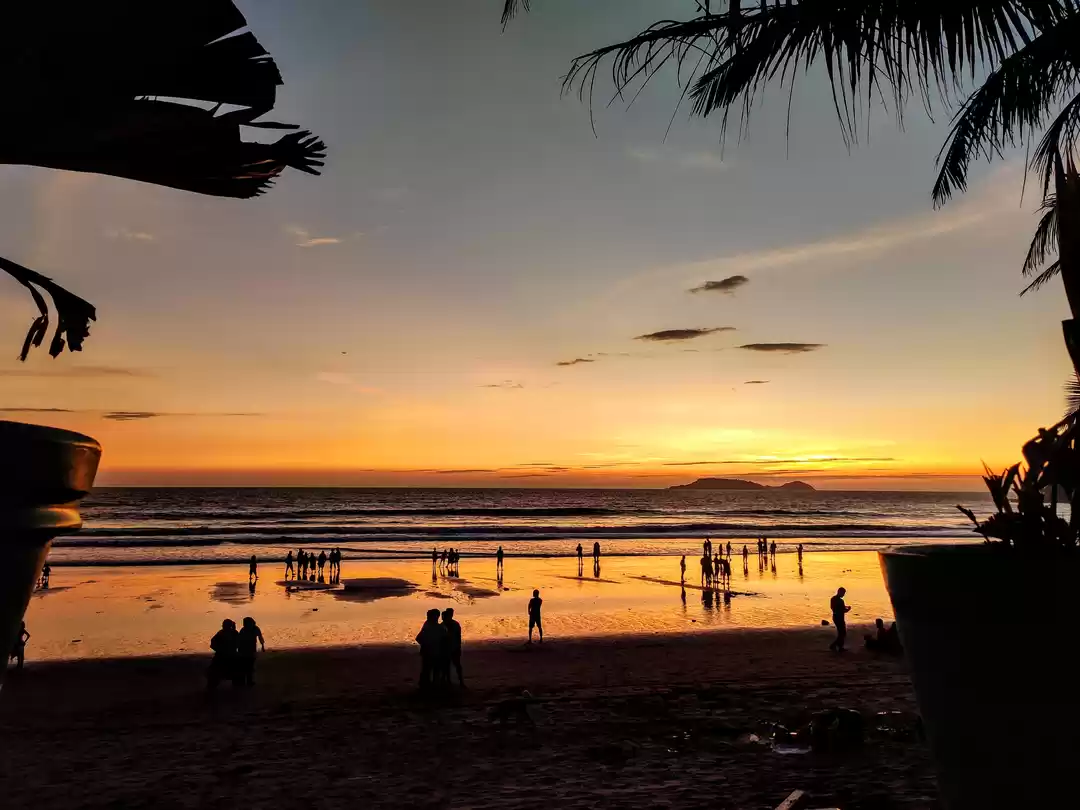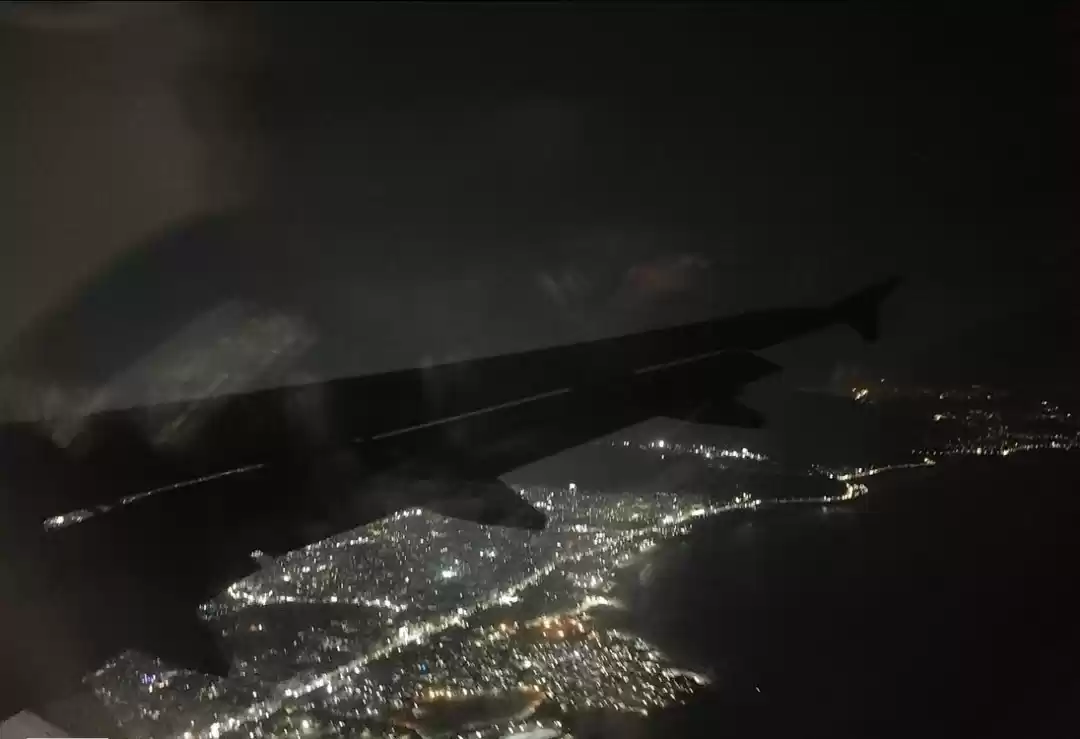Come December-January and it seems the whole world is travelling to Goa. All social media platforms get flooded with little snippets and pictures from the legendary Goan landscape. I had grudgingly heard tales about life in Goa since my early childhood, whining why I couldn’t be there for all those experiences. My aunt and uncle were posted there and had spent almost two decades of the seventies and eighties in the township of Zuari Fertilizers and Chemicals Limited. My parents had visited them several times along with my elder sister whose sepia tone pictures I have seen with incremental additions in height. I had always imagined Goa as what I had seen in those pictures – Vasco da Gama, quaint, quiet, hilly terrain, meandering roads, Portuguese heritage, bungalows with thatched roofs and gardens and verandahs enveloped in lush green foliage, my father in bell bottoms posing on the Bogmalo beach with the advertent appearance of bikini clad Russian beauties in the backdrop, my young playful mother enjoying the sojourns of her newly wedded life, my aunt - a happy host trying to home cook samosas for her North Indian family as North Indian delicacies were not available, my cousins and my sister – the little children basking in the sun, wallowing in the sand, running after the waves in their pretty little frocks and bloomers.
My uncle kept lending a perspective on how Goa got independence from the Portugal rule in 1961 and how it became a spot for the hippie trail on the Asian overland route in the sixties and seventies. It was only after the Commonwealth Heads of Government Meeting (CHOGM) in 1983 hosted in Goa that the Dabolim airport was geared to host domestic flights other than the single flight that flew from Bombay to Goa and some international flights. That is when Russians travelers stumbled upon Goa and started enjoying the sense of freedom that prevailed there. In early and mid seventies luxury hotels like Taj and Bogmalo Luxury Resort assessed value in capitalizing on the excitement that Goa was promising. He vividly describes how the Leave Travel Concessions was approved for bus travel in 1979 which resulted in the flocking of Indian tourists such that people spent nights on the streets and buses. Later the low fare flight boom fostered the idea of mass tourism which led Goa to quickly burgeon into a package-tour destination.
I happened to visit Goa for the first time only in the sultry summer of 2015 for a work project which as luck would have it happened to be in Vasco. Although the landscape seemed different - busier, with modern logos visible here and there but I could feel the thread of a familiar simplicity and contentment strewn across everything – St. Andrews Church, Portuguese style row houses in a Tuscan sun colour, madams in calico print dresses, bakeries keen to offer you to taste their entire range of lovingly baked preparation, basic old style bars where men from the surrounding naval base and the locals flocked to rejoice their evenings, the winding road and the hilly landscape to Bogmalo beach. Although with the flourishing of modern industries and businesses, the demographic profiles must have undergone changes, but the city had not lost its character to the hustle bustle of urbanization. I was overwhelmed with the city’s old world charm.

Vasco da Gama, named after the Portuguese explorer, is quite an old settlement and the largest city in Goa. It is a port city situated at the mouth of Zuari river, 5 km from the airport and hosts the ship-building area of Goa Shipyard Limited and an Indian Navy base. Although it has not been marketed as a travelers’ spot but one should certainly take a day off from the busy North Goan beaches and the trippy parties and walk around in this old city. Visit the churches, spend some hours at the Bogmalo beach, enjoy a serene walk to the Baina Beach, and talk to the locals while enjoying some bebinca, a traditional Goan dessert at a warm café and absorbing the flavour of how the Portuguese must have civilized the city.






